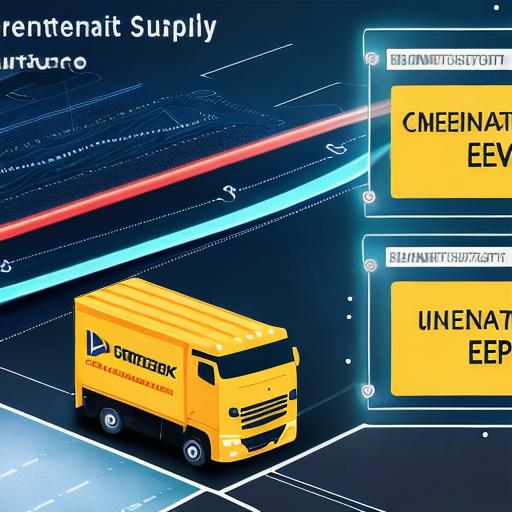Introduction
Decentralized applications (dApps) have been on the rise for the past few years, and their adoption is only set to increase with the advent of Web3 technology. dApps offer a decentralized, transparent, and secure way to interact with each other and with the world around us. In this article, we will explore the power of dApps and how they can be used in various industries to unlock new possibilities and opportunities.
What are Decentralized Applications (dApps)?
A decentralized application is a type of software program that runs on a decentralized network rather than a central server. This means that the data, logic, and processing power are distributed across multiple nodes, making it much harder for hackers to compromise or take control of the system. dApps also offer greater privacy and security, as users do not need to provide their personal information to access the application’s functionality.
The Benefits of Web3 Technology
Web3 technology is a decentralized network that enables dApps to interact with each other and with the world around us. It offers several benefits, including:
- Decentralization: Web3 technology enables dApps to run on a decentralized network rather than a central server, making them much more secure and resistant to attacks.
- Transparency: All transactions on the Web3 network are recorded on a public ledger, providing transparency and accountability.
- Security: Web3 technology uses cryptographic techniques to ensure that data is secure and tamper-proof.
- Interoperability: Web3 technology enables dApps to interact with each other seamlessly, regardless of the platform or network they are running on.
Case Studies in dApp Development
There are many examples of how dApps have been used in various industries to unlock new possibilities and opportunities. Here are a few:
- Supply Chain Management: Blockchain-based dApps can be used to track the movement of goods through a supply chain, providing greater transparency and accountability. This can help to reduce fraud and improve efficiency.
- Identity Verification: Web3 technology can be used to create decentralized identity verification systems, which can be used to verify a person’s identity without the need for a central authority.
- Voting Systems: Decentralized dApps can be used to create secure and transparent voting systems, which can help to reduce the risk of voter fraud.

The Future of dApp Development
dApp development is still in its early stages, but it has already shown significant potential for innovation and disruption. With Web3 technology becoming more widely adopted, we can expect to see even more exciting use cases and applications for dApps in the future. As dApps continue to evolve and mature, they will play an increasingly important role in shaping our digital world.
Conclusion

In conclusion, decentralized applications (dApps) offer a powerful new way for people to interact with each other and with the world around us. Web3 technology enables dApps to run on a decentralized network, providing greater security, transparency, and interoperability. As dApp development continues to grow and mature, we can expect to see even more exciting use cases and applications emerge, unlocking new possibilities and opportunities for innovation and disruption.
